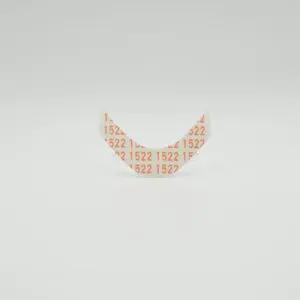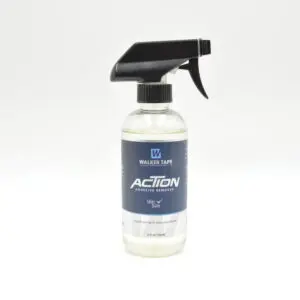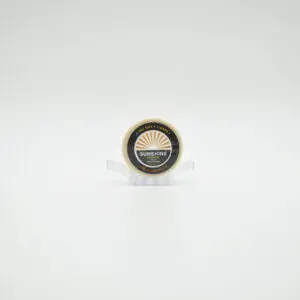Your cart is currently empty!
Sponge Glue Applicator 12pc
€ 12,10 (incl. VAT)
Sponge Glue Applicators 12pc. A sponge applicator and a glue brush each have distinct benefits, depending on what you’re working on and the specific application needs.
In stock
| Weight | 0,001 kg |
|---|---|
| Brand | |
| Hair | All Hair Types, Biological Hair, Extensions, Human Hair, Synthetic Hair, Wefts |
| Base | All Hair System Base Types, For Hair System with Lace Bases, For Hair Systems with Poly and/or Skin Bases |
| Skin | All Skin Types, Hypoallergenic, Hypoallergenic and Gentle on the skin, Suitable for Sensitive Skin |
| Restricted |
Newsletter
Great hair and great deals? We’ve got both! Sign up for our newsletter, and we’ll drop the best promos, tips, and a sprinkle of fabulous straight into your inbox. No bad hair days allowed!
"*" indicates required fields




